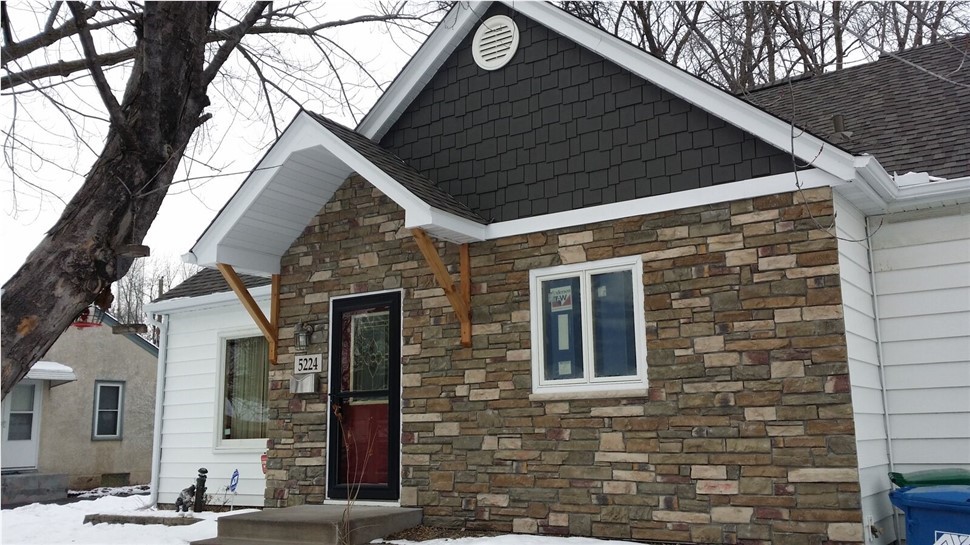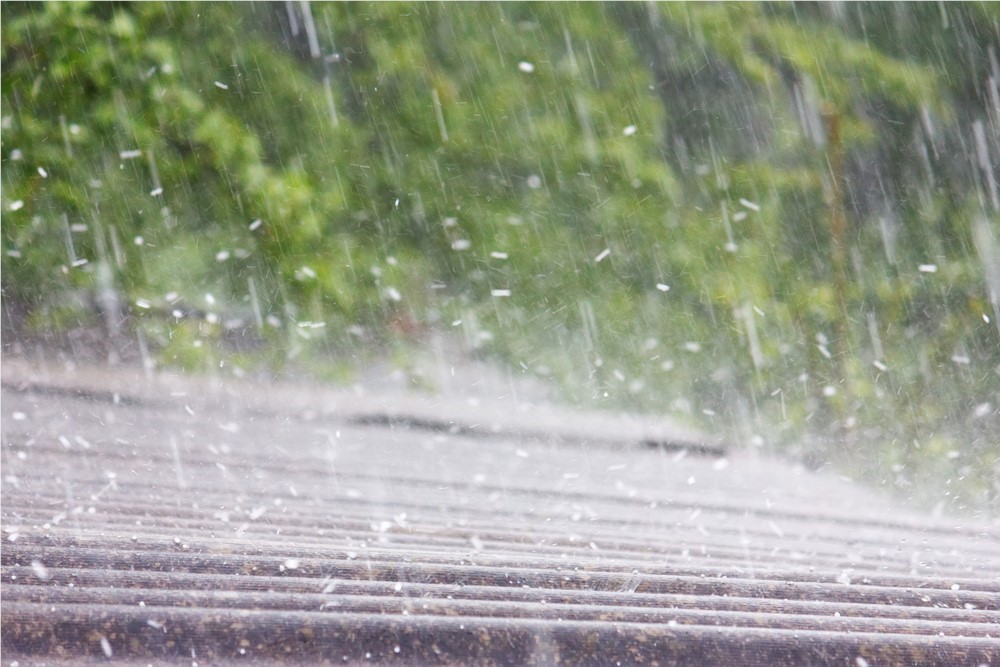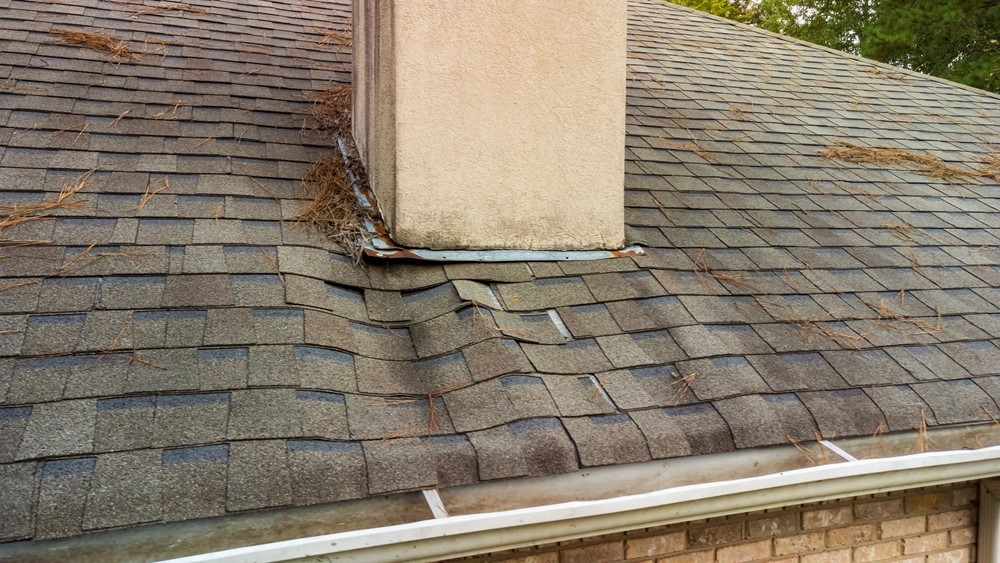After reading Part 1 of this post on removing ice from your roof, you should have a considerably amount of information, but perhaps you do not have everything you need to know. Read more to find out more about ice removal from the roof if you have an ice problem. Keep in mind that there's still plenty of cold Minneapolis winter ahead. As we've said, we recommend professional removal of roof ice, but we know that some homeowners are committed DIYers and will want to try to take care of it themselves. We'd rather you called us, but if you're determined to do it, here's our best advice.
Using Electrical Cords to Create Pathways for Snow MeltWhen it comes to creating pathways on your roof, using the electrical cords (heating cable or heat tape) might be the most effective way to go about it. You can create a pathway for the melting ice and snow to flow by use of these. You should make sure the loose snow is shoveled completely off the roof. Do not use a shovel to do this (you could damage your shingles), but use a de-icer or hot water to have it melt and run off. Lay the cords down near the drain, but keep them out of the drains. Pour de-icer down on the paths that you want to keep open. You may have to pour it down the roof more than once.
Ice removal is something that shouldn't be done by yourself. It's a good idea to have an assistant - you might be glad you had someone to run for help if you slip on that icy roof. You might want to ensure that you have a professional to call in case you need a lot of it removed safely. If all that's on your roof is some light, loose snow, a roof rake or broom might be all you need to keep it clear.
Using De-Icers on Your RoofA lot of times there is no list of ingredients on the package, but this means that it is not a safe way to find out if you should or should not use the product and whether or not it is safe to use as well. The de-icers that cost less but are the most effective can be corrosive for the roof - skip these. Urea is one product that is less corrosive than others, but it can also be less effective. There are some ingredients that you should avoid, however, such as salts with oxidizing agents
These de-icing materials are safer to use on your roof:- Calcium Magnesium Acetate or CMA
- Urea
- Potassium Chloride or KCI
- Ammonium Sulfate (NH4)2 SO4
When it comes to ice on a roof, it can be slippery to get around on, so you want to ensure that you're as safe as possible if you decide to go up there. Ladders are also susceptible to slipping since the ground is hard and probably icy as well. Exercising triple the safety precautions you'd normally use can keep you safe and sound while working on the roof during these icy and snowy conditions. Have someone on the ground holding the ladder and generally helping you out.
Call Quarve at 763.785.1472 for more information or help with ice building up on your roof before the serious damage sets in. We are the Minneapolis MN roof repair company that you can trust. Ice dams don't scare us, and we've got the experience and equipment to do it safely and properly.
Subscribe to Quarve Contracting's Blog







Comments